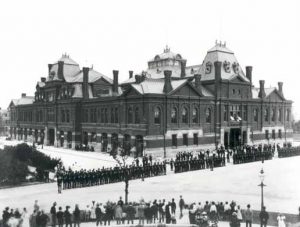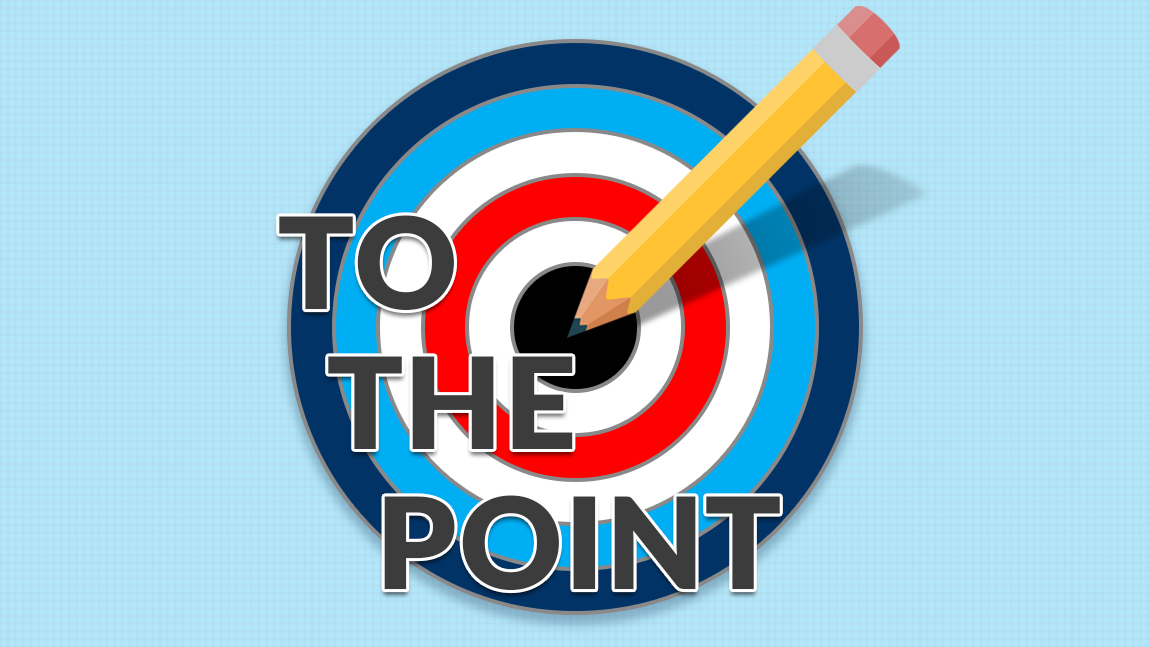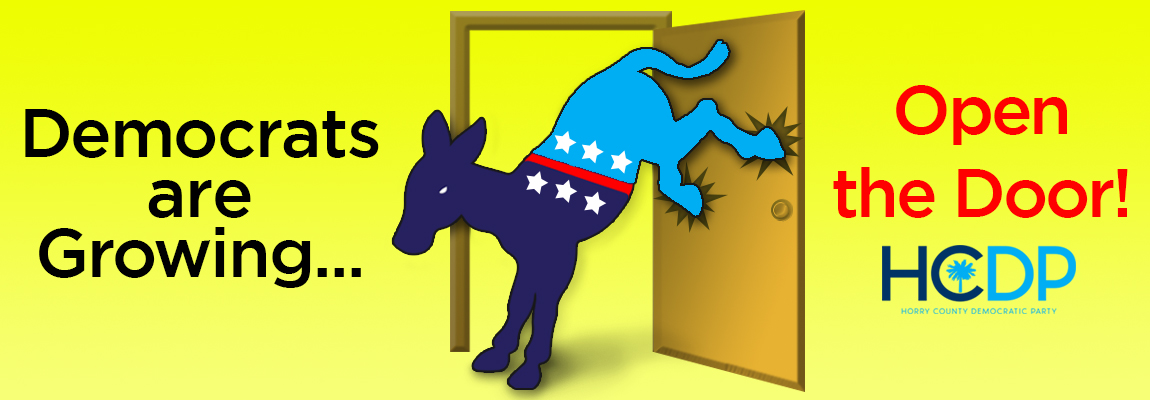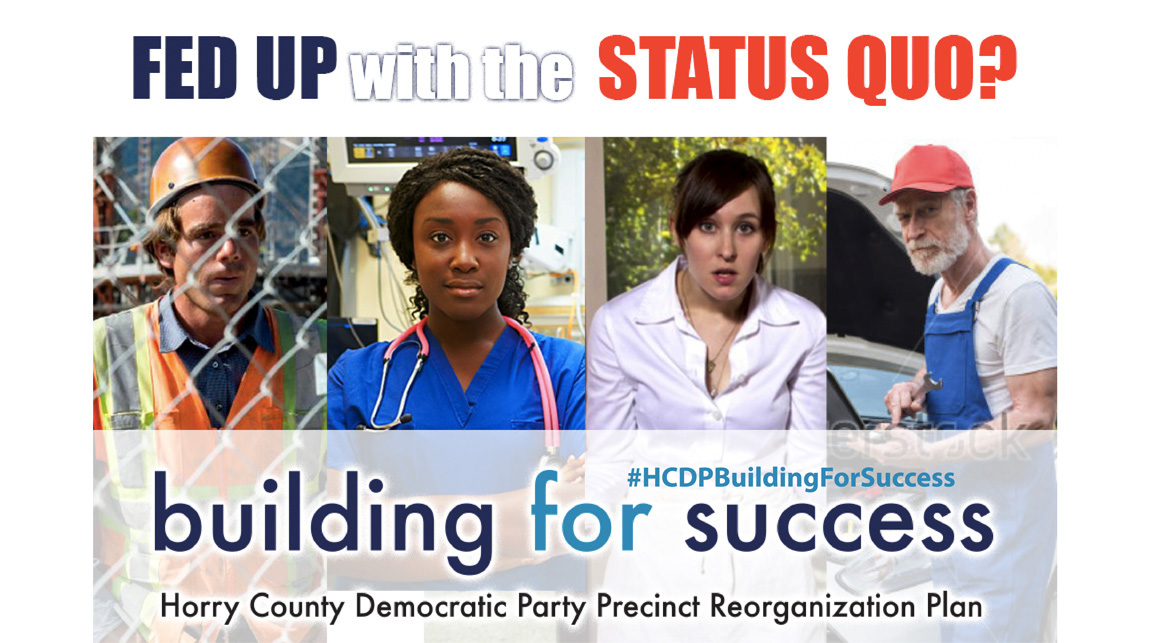By Rick Patelunas.
 It’s easy to forget that Labor Day is more than a transition from summer and to fall on the calendar. The history of Labor Day stretches back more than 100 years. Labor Day is “a national holiday celebrating the nation’s workers” according to the US Department of Labor’s website.
It’s easy to forget that Labor Day is more than a transition from summer and to fall on the calendar. The history of Labor Day stretches back more than 100 years. Labor Day is “a national holiday celebrating the nation’s workers” according to the US Department of Labor’s website.
Labor Day is a chance for folks to get out of town one more time for the summer. For others, it’s a time for picnics, barbeques and back-to-school sales. That’s only part of the picture though.
While many will enjoy the extra day off during the three-day weekend, those who work in the stores, hotels, restaurants, tourist attractions, parks, hospitals, fire stations, and countless other places, will celebrate with yet another day of work.
The Origin of Labor Day
Labor Day originated in the late 19th century during the tense and violent conflict between labor and corporations. Factory work in the 1800s was oppressive and dominated workers’ lives. Workers toiled 60 and 70 hours a week, while also living in housing owned by the factory owner. The Pullman Company in Chicago was a prime example of a company town and the conflict there was one of the reasons for the creation of Labor Day.
A depression hit the country in the 1890s that resulted in lost jobs and wages. When the Pullman Company cut wages without adjusting housing costs, workers went on strike in May 11, 1894. The strike was supported by the American Railway Union, one of the largest unions in the country at that time. Much of the railway traffic in the West came to a halt when Union President Eugene Debs declared that the union would not work on railways carrying Pullman cars.
Federal troops were called in and by the end of the strike, 30 people were dead and millions of dollars of damage done. Shortly afterwards, on July 12, 1894, President Grover Cleveland declared the first Monday in September Labor Day.
Labor During The Last 40 Years
President Reagan’s treatment of the Professional Air Traffic Controllers Organization (PATCO) was probably the most important government intervention against labor since the Pullman strike. An editorial in the New York Times on the 30th anniversary of the PATCO strike explained that Reagan’s actions undermined the power of American workers and contributed to the political polarization that exists today.
Since then, unions have shrunk, jobs are less secure and wages have stagnated. The ongoing assault on workers continued up to this summer with the Supreme Court’s Janus decision. The Court decided that workers are not required to pay union dues, not even to support the union representing them in collective bargaining. The name given to workers who do not contribute their fair share says it all – free riders.
There is a political aspect to Janus as well. Workers traditionally support the Democratic Party. By curtailing the funding of unions, the Court found a way to diminish labor’s ability to support the Democratic Party.
This Labor Day
There are signs of hope. Earlier this year, teachers showed what can be done when there is solidarity at a grassroots level. Teachers were fighting for more than better pay. They were fighting for respectability, for school funding and most importantly, for the students. The fight was for schools that don’t leak in the rain and textbooks that are not older than the students. Even during their strike, teachers worked with the community to organize soup kitchens and lunches for students whose only decent meal was the subsidized lunch at school.
This summer, members of the Teamsters union representing a quarter of a million workers at UPS voted to go on strike. The strike was averted with a tentative agreement, but its final approval is not certain. The Fight for Fifteen continues its struggle for workers’ issues like a livable wage and child care. Other workers struggling as independent contractors in the so-called Gig Economy are beginning to organize.
Public or private, unionized or not, without workers, there is no Labor Day. More importantly, without workers, there are no brains or backbones to keep economy going. Over two-thirds of the economy is consumer driven and by and large, workers are the consumers – and taxpayers. The wealthy can only buy so many mansions and yachts before they have to stash their money in some investment, oftentimes offshore to avoid taxes.
This Labor Day, think about the reason for Labor Day and its history. Think about it when you go to the store for those Labor Day specials or when you check into the hotel for the holiday. Someone is working to make the specials possible and someone cleaned the hotel room for your holiday weekend.
Celebrate workers on Labor Day and support them throughout the rest of the year.




